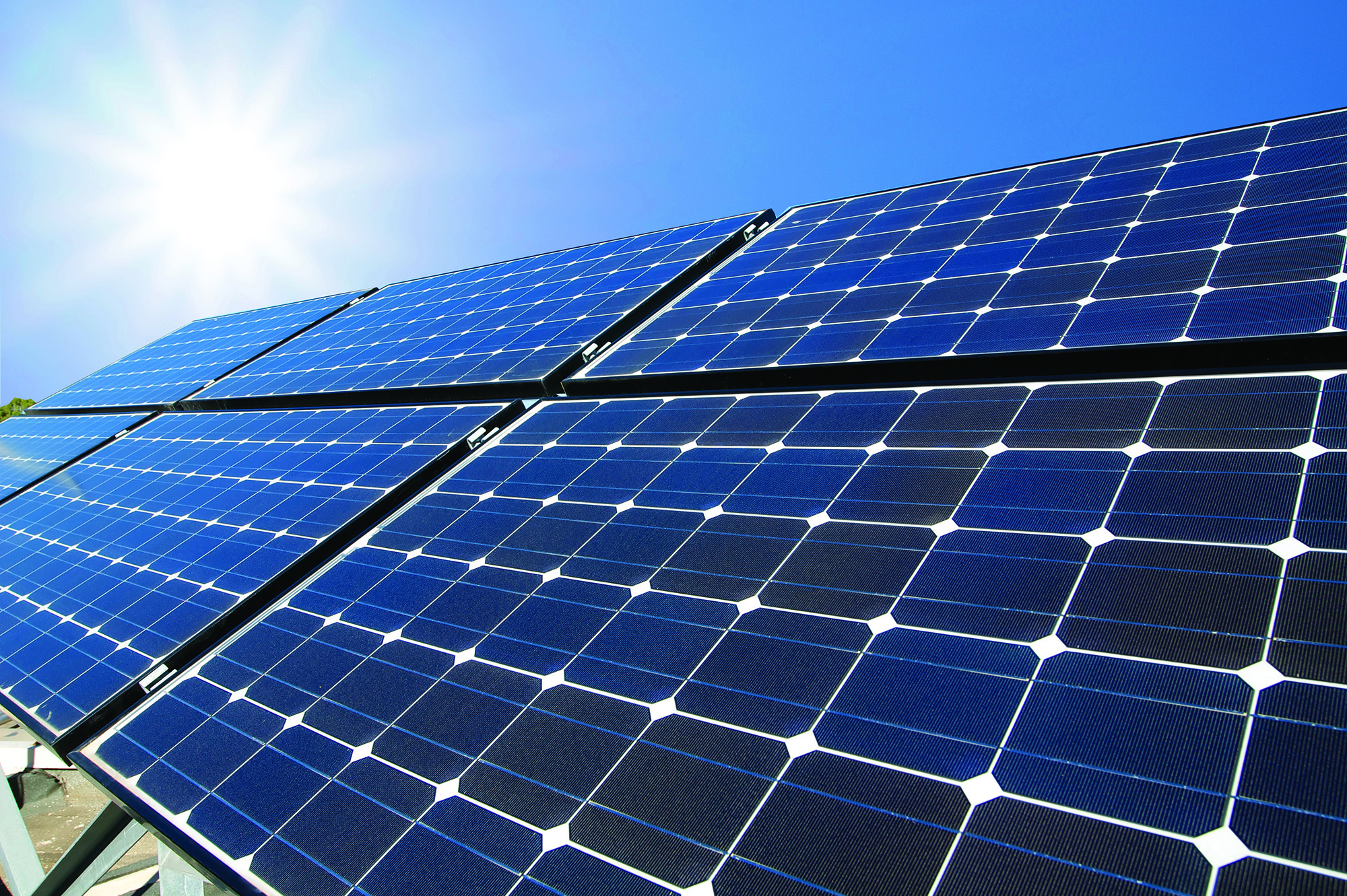Solar energy corresponds to the energy from light and heat emitted by the sun. This energy source can be used in a photovoltaic or thermal way, generating electrical and thermal energy, respectively. Because it is considered a clean energy source, solar power is one of the most promising alternative sources for obtaining energy.
Understanding in detail how solar power works is an important requirement for the acquisition or assembly of a solar power capture system. This article contains a series of information on how solar power works and can guide you in choosing the best option for your home or business.
Solar energy has been used in homes, businesses, industries, in rural areas and in the generation of electric energy through solar plants, being a great option for savings in the electricity bill, in addition to being an alternative, renewable and clean energy.
Solar power works from solar panels that capture light, using the heat from the sun’s rays to generate electricity (in solar photovoltaic and heli-thermal energy systems) or to heat liquids (solar thermal energy).
How does Solar Energy work?
Solar power, as its name implies, refers to energy whose source is the Sun. Its capture can be done through various technologies, such as photovoltaic panels, heli-thermal plants and solar heaters.
Basically, when captured, sunlight is converted into energy. In photovoltaic panels and heli-thermal plants, sunlight is converted into electrical and thermal energy. In solar heating, sunlight is converted into thermal energy.
Types of Solar Energy
Solar power can be used to produce electricity through two systems: heliothermic and photovoltaic.
Photovoltaic Energy
Photovoltaic solar power is nothing more than the direct conversion of solar radiation into electrical energy. This conversion is carried out by the so-called photovoltaic cells, composed of semiconductor material, normally silicon. When it hits cells, sunlight causes the electrons in the conductive material to move, transporting them through the material until they are captured by an electric field (formed by a potential difference between the semiconductors). In this way, electricity is generated.
Consisting of panels, modules and electrical equipment, the photovoltaic system does not require an environment with high radiation to function. However, the amount of energy produced depends on the density of the clouds, that is, the less clouds there are in the sky, the greater the production of electricity.
This form of obtaining energy, one of the most promising today. It has been growing more and more due to the reduction in prices. The incentives are offered for countries to adopt renewable sources of energy.
Harnessing Energy
Solar panels capture solar radiation, transforming it into energy that supplies homes.
Heliothermic Energy
In the heliothermic system, the energy from the Sun is transformed into heat, mainly heating the water of homes, hotels and clubs. To make this possible, solar panels (mirrors, collectors, heliostats) are used. It reflect sunlight, concentrating it in a single point where there is a receiver.
The receiver consists of a liquid, which is heated by sunlight reflected on the panels. This liquid is responsible for storing heat, heating the water in the plants and thus producing steam. This steam drives the turbines in the plants, causing the generators to start, which produce electrical energy.
Regions with high solar incidence, few clouds and flat terrain are suitable for the production of heliothermic solar power.








